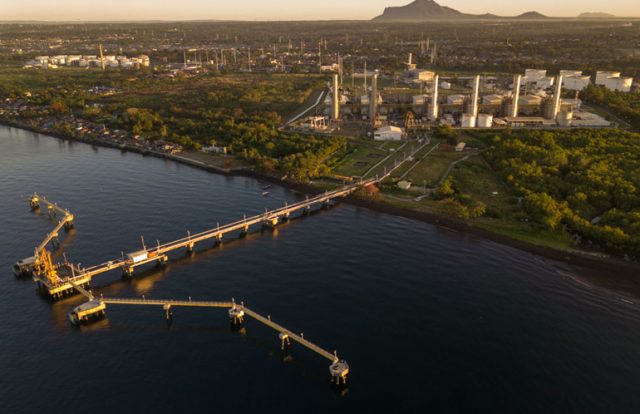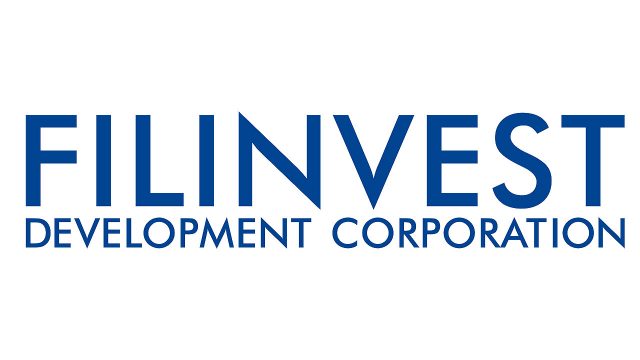By Michelle Anne P. Soliman, Reporter
NICOLE ANNE FORCADELA, 26, lost her side job as a lounge singer in March last year after the main Philippine island of Luzon was locked down to contain a coronavirus pandemic.
“It drastically changed my income flow,” she said in an e-mail. “I was facing the same dilemma as most musicians.”
Most concerts and major sports tournaments were forced to cancel at the height of the global pandemic last year, leaving many event professionals out of work until crowds could safely meet again.
 The pandemic also forced many of them to go online. Four months later, Ms. Forcadela started performing on Sessions, a music-only live streaming platform for virtual concerts worldwide.
The pandemic also forced many of them to go online. Four months later, Ms. Forcadela started performing on Sessions, a music-only live streaming platform for virtual concerts worldwide.
This digital shift will probably stay even if quarantines in most parts of the world have since been relaxed.
The growth of live music streaming is proof that technology can help artists who are willing to evolve.
That happened with freelance theater actors Jay Barrameda, 35, and Teetin Villanueva, 32. Both started using Kumu, a Filipino video sharing and e-commerce social networking service owned and developed by Kumumedia Technologies, Inc.
Mr. Barrameda shares a set of songs on Tuesdays, based on a specific theme or genre.
“It’s about knowing who your viewers are because you need to find a balance,” he said in a Facebook Messenger video interview. “You need to perform songs that the viewers want and make you happy.”
“Livestreaming has become part of my livelihood,” he said. “It’s not just about singing. You have to entertain people. I’m more relaxed now and I’m starting to just have fun with it.”
While vaccines have allowed many events to resume, the discovery and spread of highly contagious coronavirus variants in some countries has cast uncertainty over whether some in-person events will — or should — continue as planned.
New infections in Europe have approached record highs as the World Health Organization (WHO) warned that the continent was “back at the epicenter of the pandemic.”
Europe could experience half-a-million coronavirus deaths in the next three months, according to the WHO.
Costa Rica became one of the first countries to require coronavirus vaccinations for people younger than 18. In the Philippines, there are proposals to make vaccination compulsory especially for workers.
‘NEW WAYS’
Streaming platforms such as Kumu are expected to stay because of the convenience it offers and amid the risk of future pandemics.
Ms. Villanueva, who livestreams her music on Wednesdays and Fridays, said the platform allowed her to “practice and learn more songs, learn new ways of singing.”
About 10 million streams have been downloaded on Kumu since March 2020. Its global streamers mostly come from the Gen Z and millennials, 61% of whom are females, Kumu co-founder Rexy Dorado said in an e-mail.
“Our users have found creative freedom,” he said. “They plan their own content and schedules that are the most convenient to them. They also have built a better creator-fan relationship between those who truly love their content.”
A Kumu streamer earns after collecting 50,000 coins that can be converted to cash. The coins pile up through audience and fan engagement.
“When the pandemic started, we were experiencing, like everyone, a lot of anxiety around the global pandemic,” Mr. Dorado said.
“Our team and ‘kumunity’ banded together to improve the app so we can help people not just earn full-time from livestreaming at home, but also create a positive space where they can meet people safely,” he added.
The global health crisis has given birth to the National Live Events Coalition Philippines, a group of people and organizations working to improve the lot of workers in the sector.
More than 12,000 live event workers have gotten in touch with the group since 2020 and many of them got the help they needed through fundraisers or cash aid from the Labor department.
Unfortunately, majority were denied the state aid, coalition founder Shakira Villa-Symes said in an e-mail. “We continuously find ways to talk to government agencies to accommodate all live event workers in general.”
About 400,000 industry workers have been affected by the pandemic, with more than three-quarters of them coming from the social events and wedding sector. The industry lost P133 billion in revenue last year.
Ms. Villa-Symes, a freelance live event lighting designer, said their group held online fundraising performances and put up a website to help their colleagues.
The House of Representatives has approved on final reading a bill that will set up a Creative Workers Welfare Committee, which will ensure creative freelancers have access to sustainable livelihood, Pangasinan Rep. Christopher de Venecia said in an e-mail.
While creatives have found an alternative online, the rest of the workers in the local live event industry look forward to face-to-face events.
The lockdown in Metro Manila has been eased to Alert Level 2, in which venues with live voice performers such as karaoke bars, clubs, concert halls, theaters, parties, wedding receptions, as well as libraries, museums, galleries, exhibits, parks, and public gardens are now allowed to operate.
Ms. Villa-Symes said the live event sector could help revive the Philippine economy. “We can help bring the economy back and help the government figure out how we can go forward in having more live events. You can’t replace an experience as ours,” she added.
For some performers, online music streaming is here to stay.
“Having to stream almost daily made me improve my singing ability,” Ms. Forcadela said. “I earn more now, which could help me decide to stream full time. Through the Sessions app, I managed to create not just a solid fanbase but also a family.”











 The pandemic also forced many of them to go online. Four months later, Ms. Forcadela started performing on Sessions, a music-only live streaming platform for virtual concerts worldwide.
The pandemic also forced many of them to go online. Four months later, Ms. Forcadela started performing on Sessions, a music-only live streaming platform for virtual concerts worldwide.